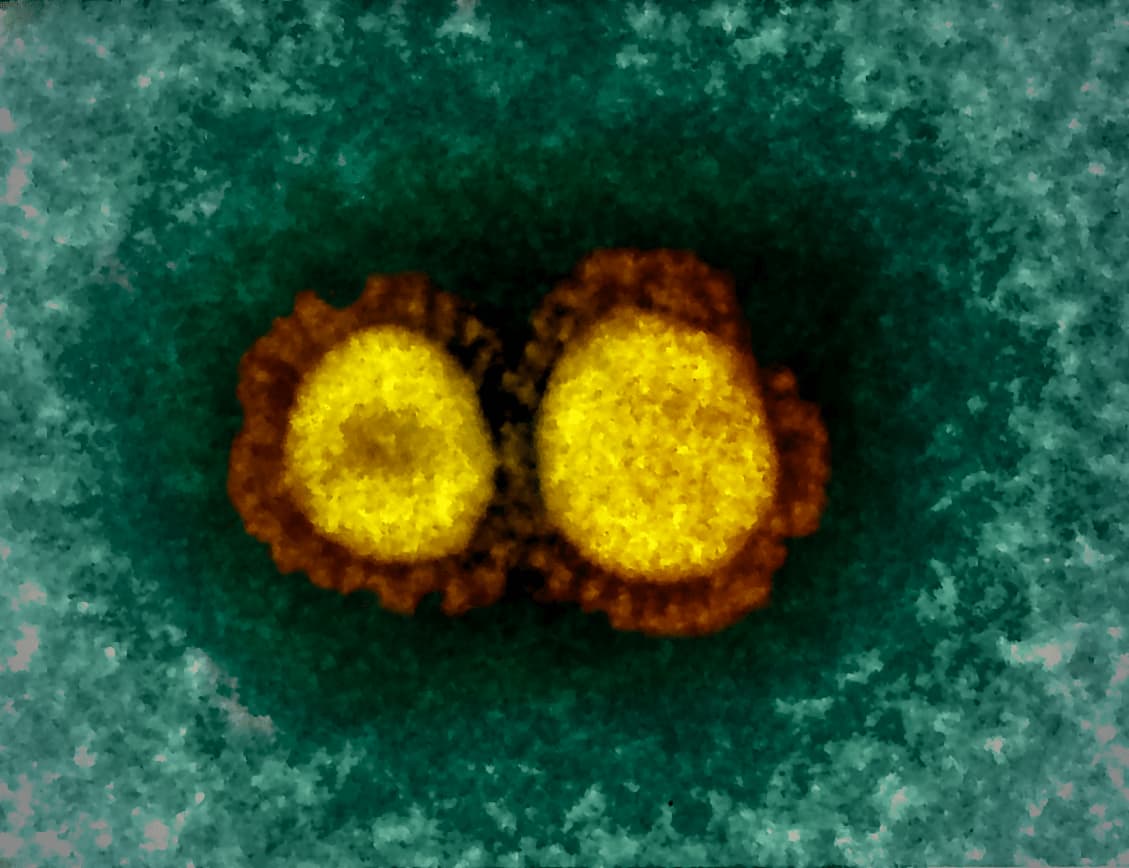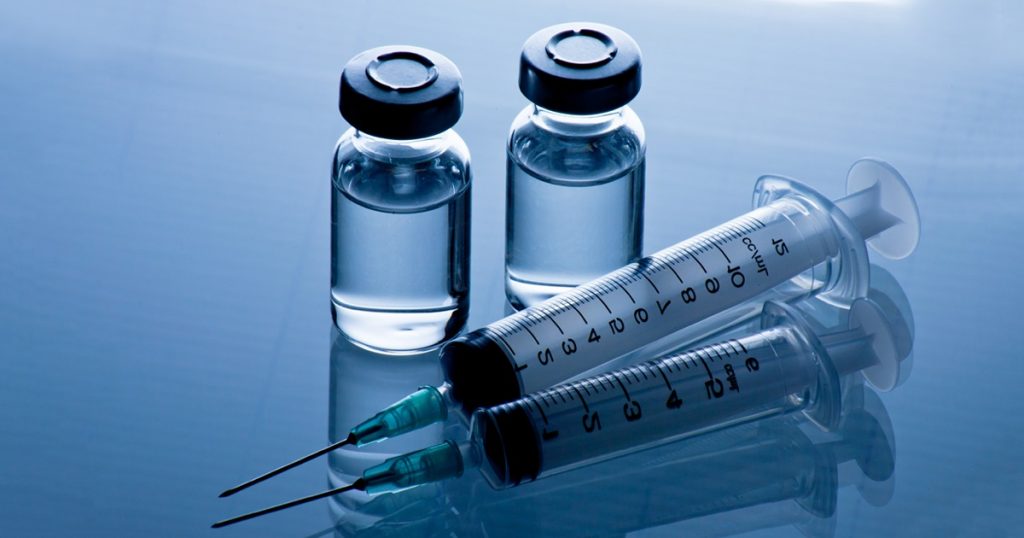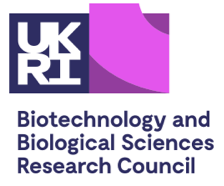
How does the genome sequence of vaccine viruses change post-vaccination, and do those changes contribute to reversion of virulence?

2.1 The characterisation of genomic variation post-vaccination and virus vaccine genome stability.
It is thought that as the vaccine virus replicates within the host and will be influenced directly by pressures within that host i.e., immunity. It is therefore important to investigate how these viruses change within infected (or vaccinated) hosts so that we can identify regions of variability in which the virus is prone to change. We will monitor changes in the main IBV immune target ‘S-gene’ to characterise its evolution as the viruses move through the host and over time. We will match this with data from the bird’s immunity. We anticipate that changes observed in both S-gene and the whole genome will help us understand where attenuated viruses are prone to change in vivo. This will provide possible mechanisms by which to determine how these viruses evolve subject to host pressures and how vaccines will perform once inside birds.
2.2 Identifying dissemination rates of IBV within vaccinated/infected hosts.
It has been shown previously that attenuated vaccine viruses disseminate at a slower rate than pathogenic counterparts within vaccinated hosts. We will investigate host and viral factors as to why attenuated viruses are less able to disseminate through hosts efficiently and evaluate the impact of viral dissemination and changes in the viral genome and how these relate outcomes of infection.
2.3 Prediction of gene expression changes by IF slide analysis with deep generative modelling.
The key to an accurate machine learning predictions of gene expression is to generate optimal training material for supervised and unsupervised learning protocols. We will leverage the latest advances in deep learning methodologies to identify/extract high-dimensional features from image data to make predictions informing us regarding viral pathogenicity and host factors.
Anticipated outcomes
Sequence and image data will enable characterisation of viral genetic diversity at different timepoints post-infection/vaccination in host tissues. We will also measure the ability of attenuated viruses to disseminate within infected and vaccinated hosts and correlate differences with identified sequence changes.


